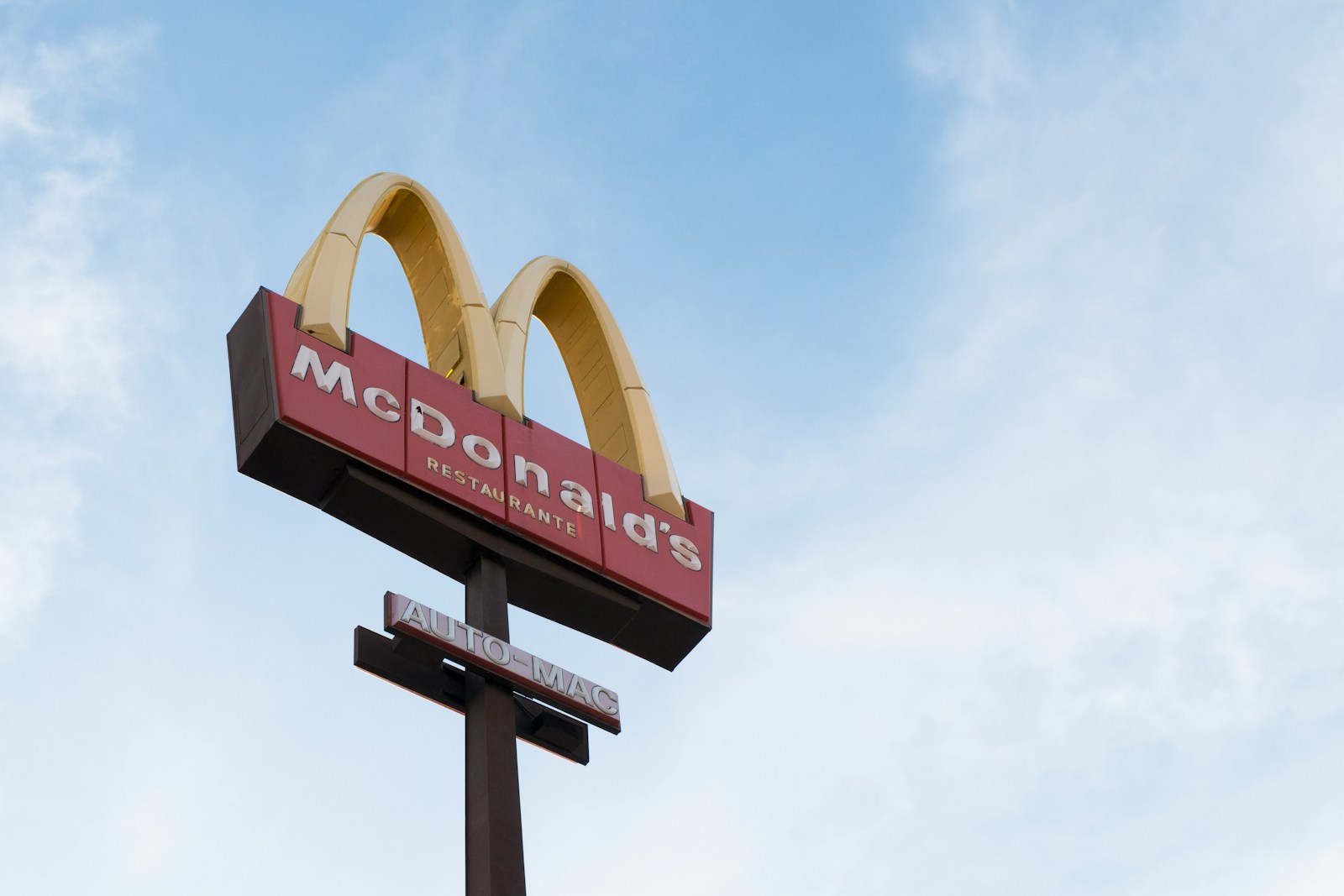Key Takeaways:
– McDonald’s discontinues Quarter Pounders in affected states due to an E. coli outbreak.
– Fresh-slivered onions on Quarter Pounder hamburgers are under suspicion.
– Increased cases in Colorado, with one severe underlying condition leading to death.
– The importance of maintaining good hand hygiene and self-isolation during diarrhea.
McDonald’s Stops Production Amid E.Coli Outbreak
A wave of concern is sweeping through McDonald’s customers as E. Coli infection reports have emerged. The U.S. Centers for Disease Control and Prevention (CDC) has raised an alarm about a foodborne outbreak linked to McDonald’s Quarter Pounders.
Public health officials have revealed an unsettling number of 49 cases spanning 10 states. Colorado has been especially hit hard with 26 cases. In a tragic turn of events, an older person with underlying conditions in the state, who contracted the E. coli, has died.
In light of the outbreak, McDonald’s has temporarily ceased production of Quarter Pounders in some states, including Colorado. This decision is a preventive measure until the ongoing investigations establish clear results. As matters stand, McDonald’s consumers, particularly those fond of the Quarter Pounder hamburgers, are on edge.
Potential Source of Contamination
As the CDC coordinates with various state health agencies, federal agencies, and the restaurant chain, all eyes are on the source of the E. coli contamination. The Food and Drug Administration hints at the likelihood of onions as the primary source of infection.
Onions are part of the Quarter Pounder assembly, less so in other menu items. This connection places onions as prime suspects in the contamination saga. Concurrently, the USDA is focusing its efforts on the beef patties of the hamburgers. With multiple McDonald’s outlets implicated across Colorado, the quest for answers is pressing.
Symptoms and Responding to the E.coli Outbreak
Shiga toxin-producing E.Coli infection, often abbreviated as STEC, exhibits several symptoms. These include severe stomach cramps, diarrhea (at times bloody), vomiting and fever. Advanced cases present a life-threatening complication called hemolytic uremic syndrome. This condition can trigger kidney failure and, in grave instances, death.
Alert Levels and Safety Measures
If you have recently eaten a McDonald’s Quarter Pounder and are experiencing any of these symptoms, seek medical attention. Make sure to contact your local public health agency, informing them of your condition.
E. coli, short for Escherichia coli, is a bacteria that commonly resides in the intestines of humans and animals. While many strains are harmless, some types produce Shiga toxins which can cause severe illness. Onset symptoms appear typically three to four days post-consumption of contaminated food or water. However, this can range anywhere from one to 10 days post-exposure.
The best defense against STEC infections is by practicing good hand hygiene. Thoroughly wash your hands with soap and water, especially after using the bathroom, changing diapers, or before preparing food. If you’re suffering from diarrhea, abstain from preparing meals for others.
The situation continues to evolve, and updates will be provided as new information is recognized. Stay tuned for these make-or-break updates surrounding the McDonald’s E. Coli outbreak. We can hope for a swift resolution of the crisis with minimal impact on our favorite restaurant’s patrons.

